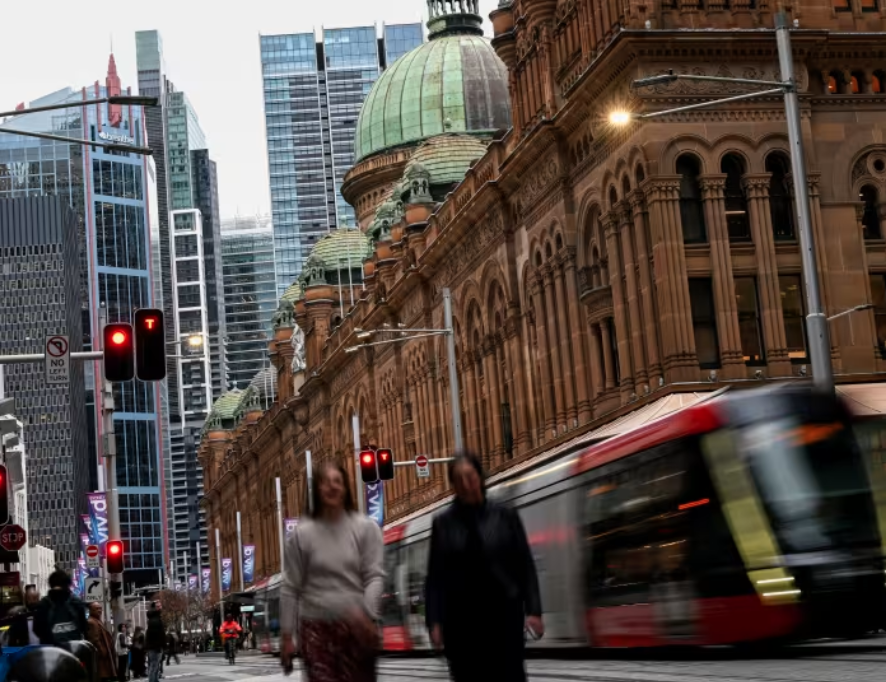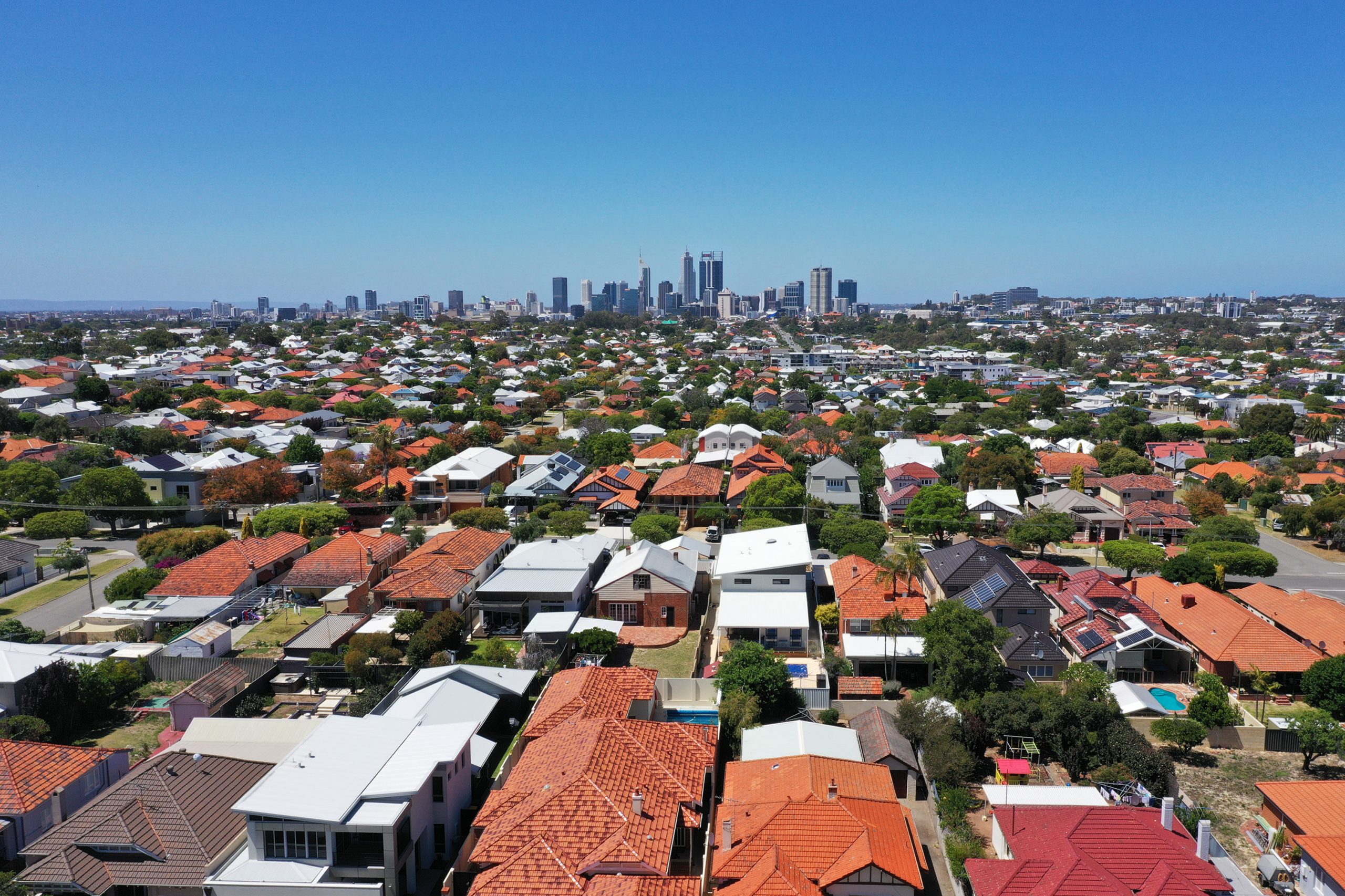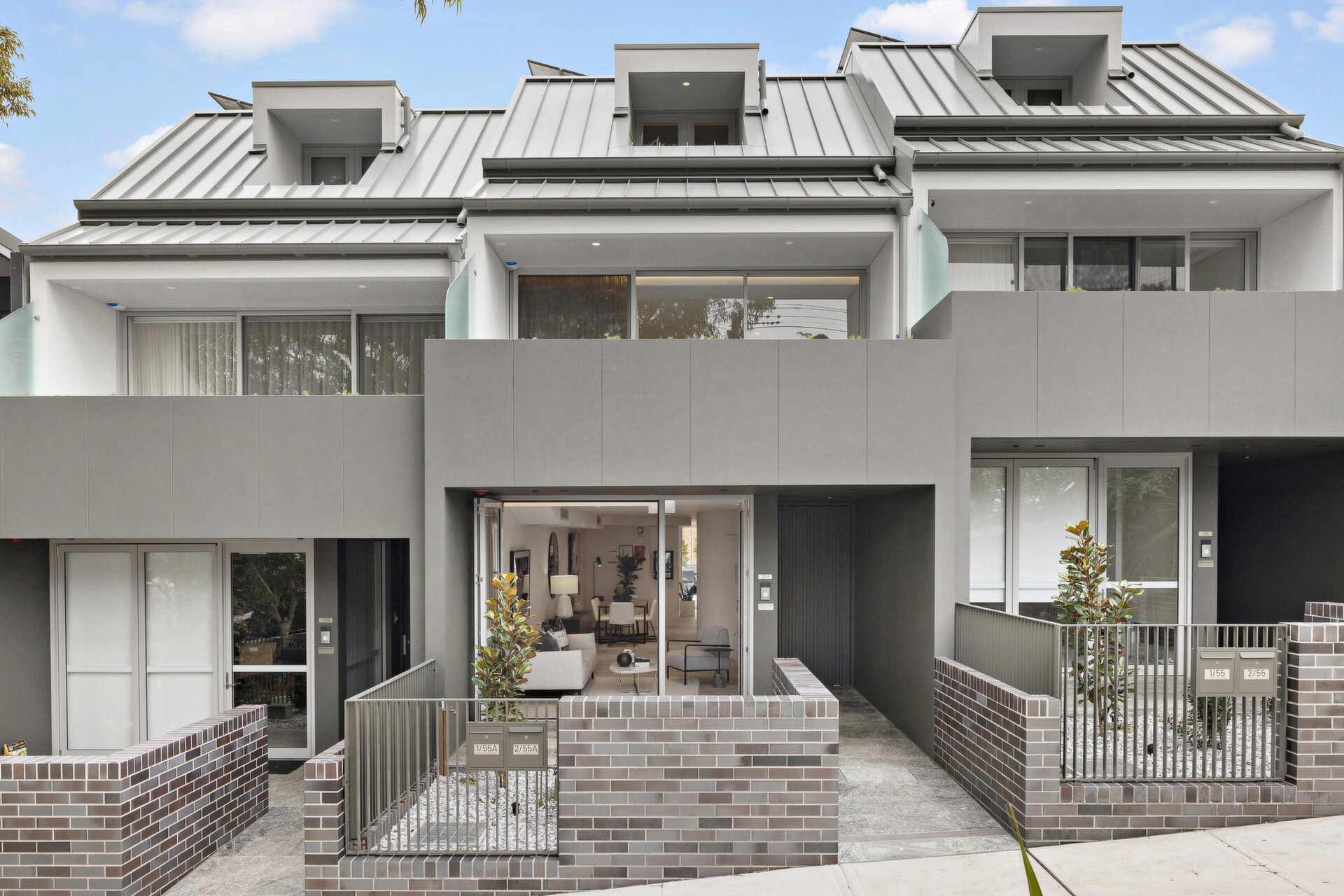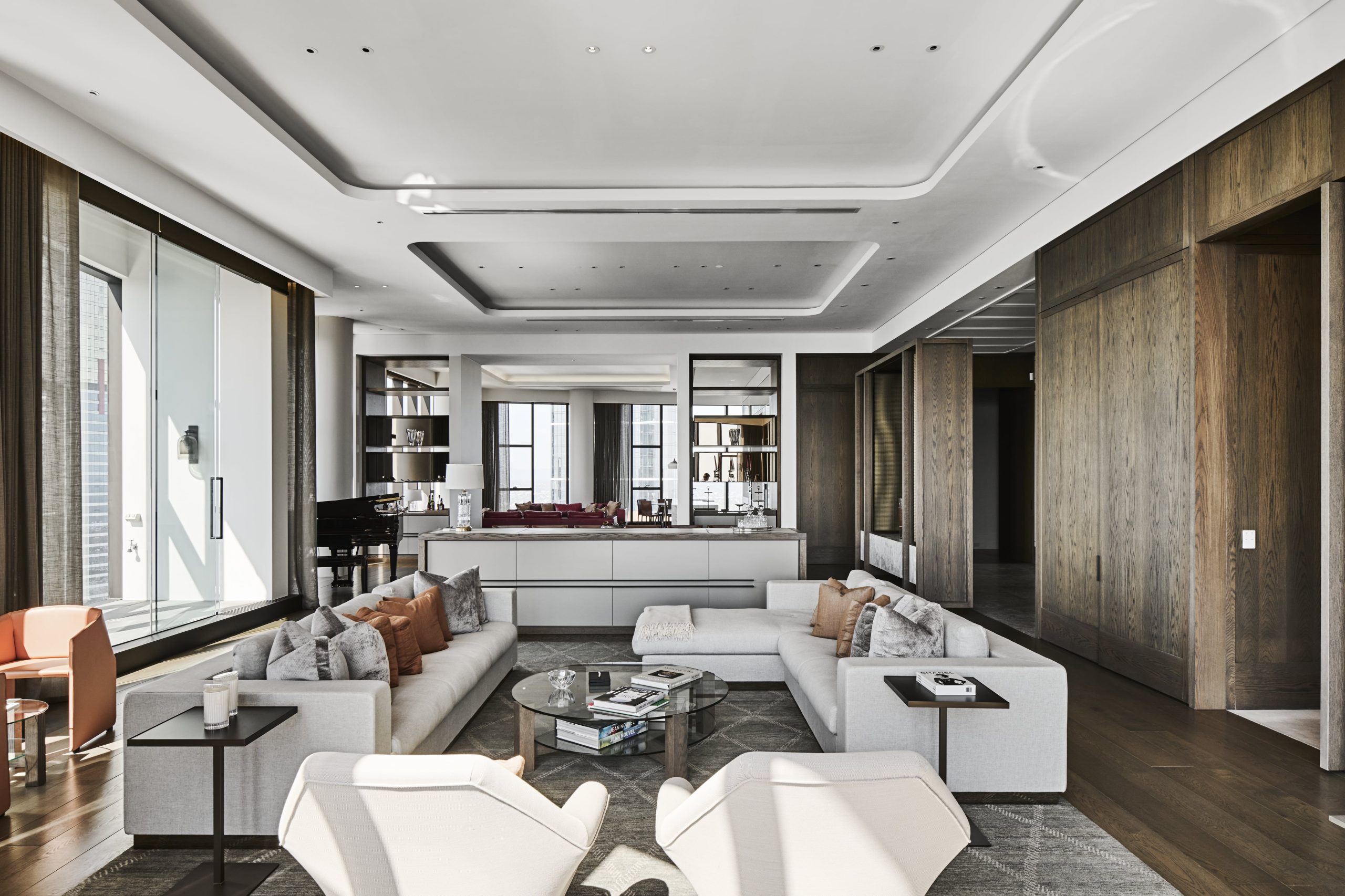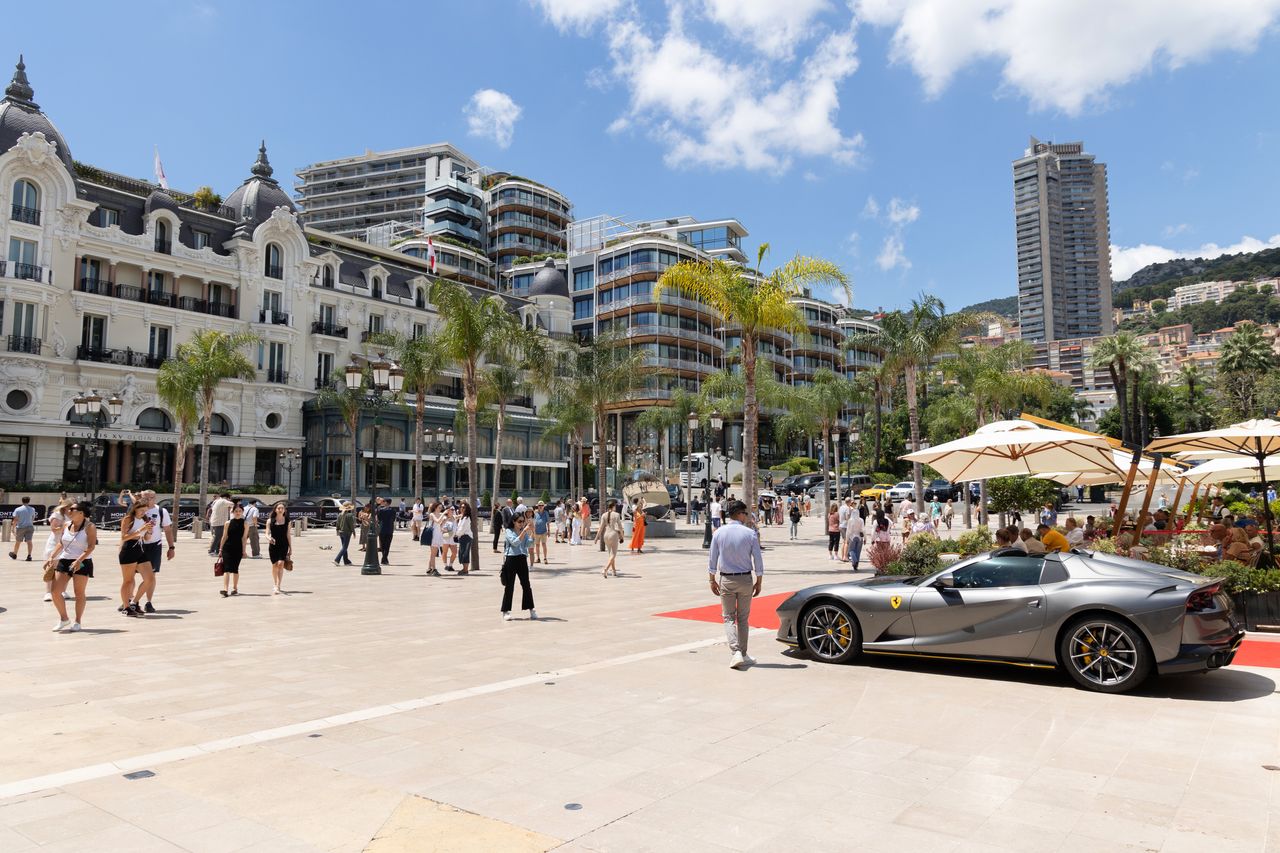Smart Saunas Are Picking Up Steam Around the U.S.
Ski-area homeowners in particular are installing high-tech versions that can be controlled by a smartphone app
Skiing and saunas go together for Colorado’s Brian and Tucker Humphrey.
The Boulder-based private-equity manager and his wife, a retired banker, first got into the sauna habit in 2017, when they joined her family in setting up a sauna-equipped ski property in the Rocky Mountain resort of Crested Butte. Later, when they built a primary home on a 3/4-acre lot back in Boulder, the couple included a larger, more upscale, high-tech sauna.
The two, working with Studio B, an architecture practice with offices in Boulder and Aspen, spent about $20,000 to create a glass-front sauna cabin. It had an app-ready heater from Finland’s Harvia and a digital control panel. Their architect, Mike Piché, placed the sauna cabin in a separate building, reachable from their new 7,000-square-foot home via a covered section of patio. The Humphreys moved into the finished home in late 2021.
“I like the clean look,” says Tucker Humphrey about the way the cabin fits in with the property’s Nordic feel. More important, she says the digital option is easier to use than the manual version she and her family have in Crested Butte.
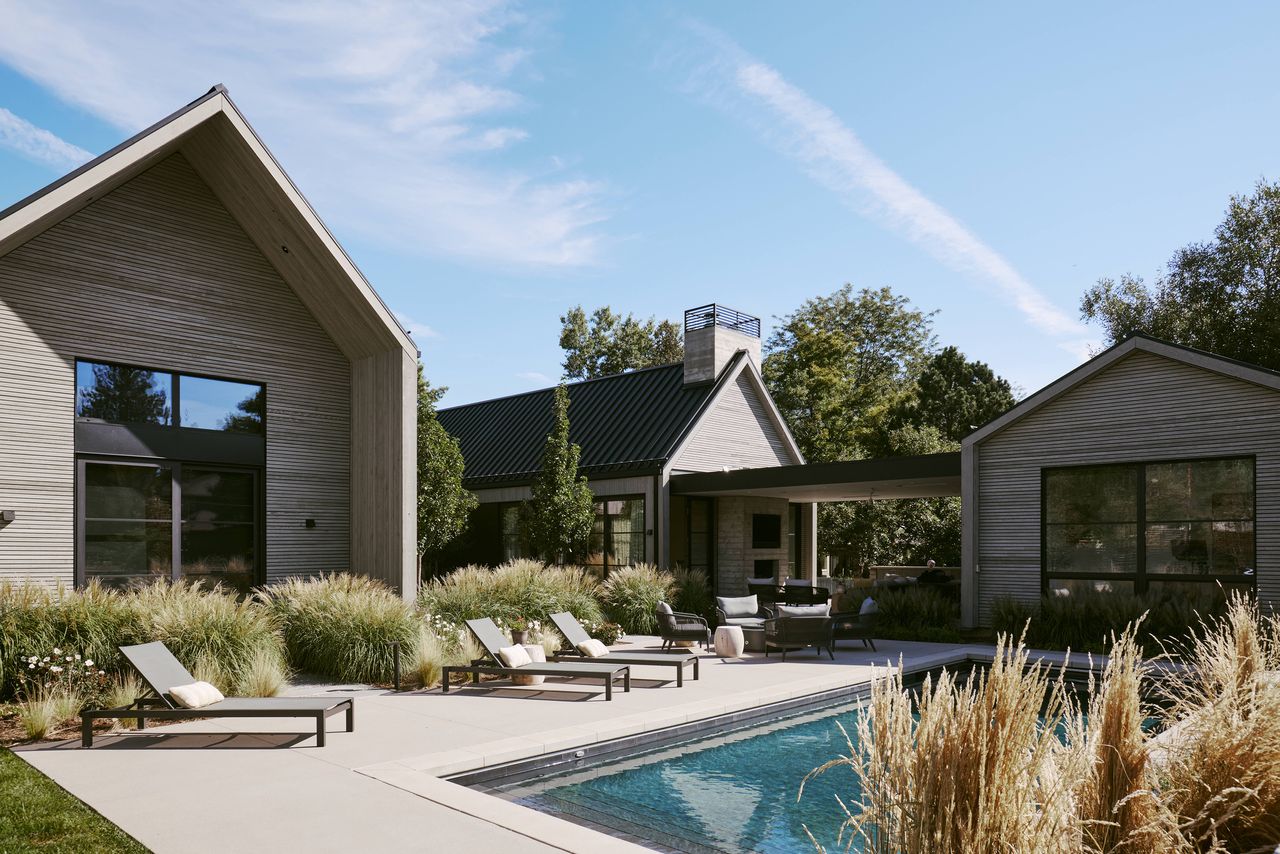
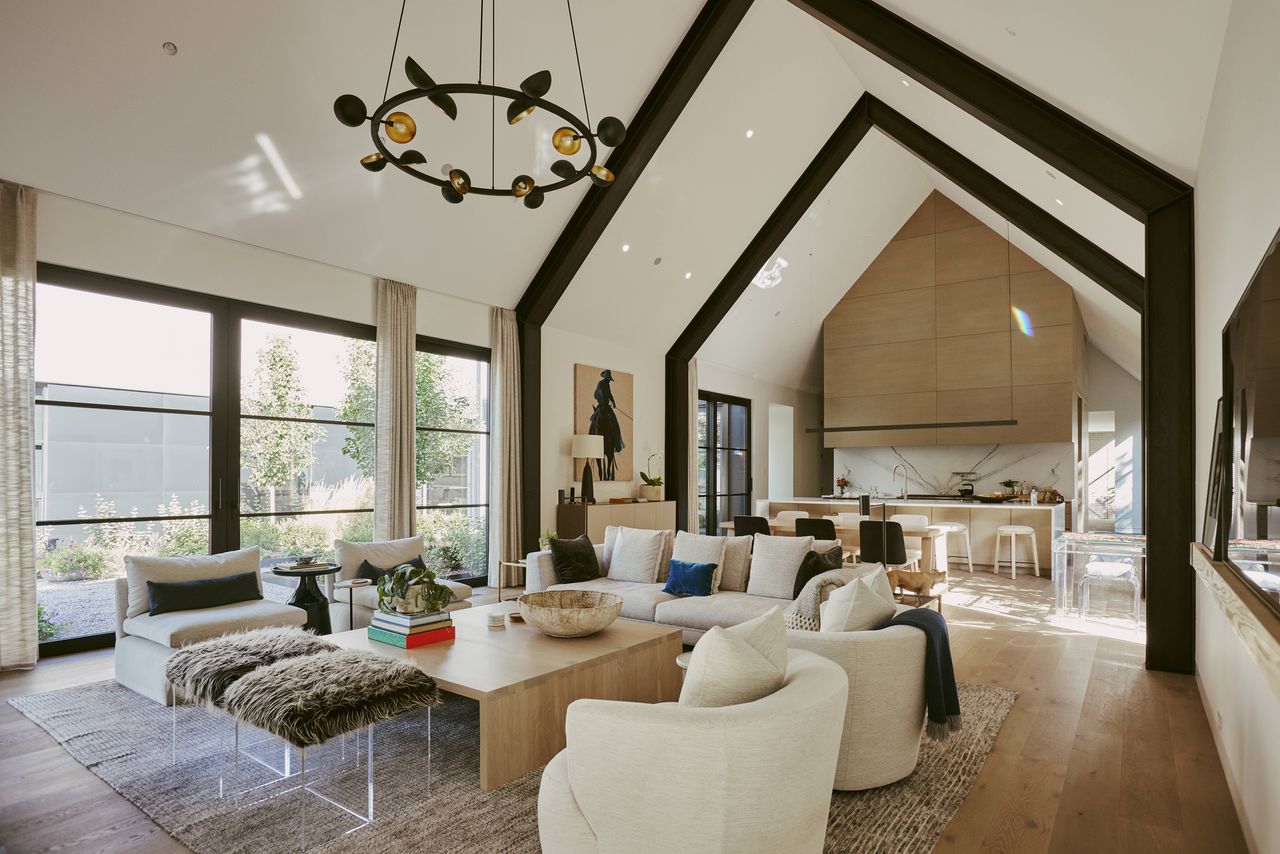
Until the past few years, home sauna heaters were little more than variations on mid-20th-century electrical appliances. Sauna enthusiasts used manual controls to turn them on, then had to wait around until the sauna was the correct temperature.
Today, smart controls offer users remote on-and-off options and precise temperature measures, and can even track usage over time. In the wake of such technological advances, the U.S. is emerging as the world’s breakout home-sauna market.
Estonia’s Huum, the sauna maker that pioneered smart-control heaters a decade ago, now counts the U.S. as its top-selling market. Finland’s Harvia, which helped launch the first modern home-sauna heater in the 1950s, also places the U.S. among its leading markets. It introduced its smart saunas in 2021.
Saunum, another breakout Estonian brand, began to distribute in the U.S. this year. Its digitally controlled sauna heaters offer the added advantage of more efficiently circulating heat to prevent cooler pockets of air from forming near the bottom of sauna cabins.
Don Genders, founder and CEO of Design for Leisure, a U.K.-based wellness company with a strong presence in the U.S., says home-sauna sales in the States reached $100 million in 2022 and are expected to grow as people focus more on their well-being.
Back in the sauna homelands of Finland and Estonia, smart controls are catching on in the cities, where users have indoor saunas. But vacation homeowners still tend to prefer wood-burning stoves in separate structures when in rustic settings.
In the U.S., smart controls are making saunas particularly popular in ski resorts and mountain communities, says Wes McMahon, owner of Idaho’s Sun Valley Saunas, a local retailer specialising in online sales to Mountain West clientele.
“When you’re driving home, you can turn your sauna on with an app on your phone,” he says. This ability, he adds, has done away with hours spent starting the heater and then waiting for the temperature to rise.
Makers are also reimagining the design of sauna heaters, which hadn’t changed much in decades. Instead of grill-top boxes with some rocks to radiate heat, homeowners can now opt for something sculptural, like Huum’s rock-filled, wire-basket heater called Drop, or something futuristic, like the zigzagging spider legs of the Structure heater from EOS, a Germany-based luxury sauna maker. Or they can just go for something fun, like Huum’s toylike, rock-tower heater called Cliff.
Retired tech executive Alan Saldich, 59, and his wife, Nancy Saldich, 61, a professional gardener, had aesthetics in mind when they added a free-standing sauna to their 5-acre Idaho vacation property in late 2022. The couple, who divide their time between the San Francisco Bay Area and Sun Valley, worked on the sauna cabin themselves, careful to make it blend in with their four-bedroom log house and metal-roof guesthouse. They were mindful of the look of the heater that would go inside.
Alan Saldich says he likes his sculptural wire basket filled with smooth irregular rocks, compared with the plain rectangles of the typical heater. He chose a Huum Hive Mini for $1,410 and included a digital-control feature at a cost of about $875. The add-on smart features were a no-brainer, he says. The couple can turn on their sauna while skiing and save time on the once-mandatory heating-up phase.
Unusual sauna-heater design is a signature of EOS. The company is now distributing in the U.S., following its acquisition in 2020 by the Harvia Group, which is seen as the worldwide powerhouse in saunas. EOS offers spiky, sculptural heaters that can cost more than $10,000. Rainer Kunz, EOS’s chief executive, says the company is planning to add voice-control options to its digital package.
Finland and Estonia trace their Baltic sauna traditions back thousands of years, but it wasn’t until the 1920s that the dry-heat ritual really caught on elsewhere, says Lassi A. Liikkanen, a Helsinki author and sauna consultant. Liikkanen says the breakthrough came when Finnish champion runner Paavo Nurmi credited his gold medals at three consecutive Olympics to his sauna habit.
Some still stick with tradition. Jay Verkler, 59, a Silicon Valley executive who started his career at Oracle in the 1980s, built a simple $7,700 sauna with his five sons in 2020 for their family’s Sierra Nevada vacation home. Verkler and his wife, Tamiko Verkler, 57, have plenty of gadgets, especially in their automated primary home near Palo Alto, Calif. For their sauna, they opted for a basic Harvia wood-burning stove. The couple also keep alive one East European tradition: donning old-fashioned peaked hats during saunas to keep their heads cool.
The standard sauna session entails splashing water on hot sauna stones to create waves of heat. Fifteen or 20 minutes of sitting in temperatures of around 180 degrees is then followed by a rapid cool-down. The whole process is often repeated several times.
During Sun Valley’s long ski season, the Saldiches prefer to cool off by lying in the snow drifts on their property. Down in Boulder, the Humphreys tend to jump into their new outdoor pool.
Wyoming’s Zane Aukee, 33, an attorney based near the Jackson Hole ski area, designed his own sauna cabin. It matches the rustic home he and his wife, Alexandra Eastman, who works remotely with an opera company, bought in 2018. He estimates he spent about $12,000 on his new sauna package.
The free-standing, cedar-clad cabin has a low-tech look, reminiscent of the saunas still popular at Finnish summer houses. But Aukee, who is of Finnish descent, is all in on controlling his heater, installed earlier this year, with his smartphone. “I’m not a huge tech guy,” says Aukee, who uses his sauna up to five times a week. “But I love this combination of technology and sauna culture.”
Budgets for a luxury sauna system can reach six figures. Effe, an Italian company that sells designer sauna systems, offers an app-controlled BodyLove collection–combining a sauna, a steam room and a shower—that starts at $100,000. CEO Marco Borghetti says America is now the brand’s second market after Italy.
Klafs, the German luxury wellness company, is readying its American clientele for a soon-to-be-launched, limited-edition sauna system designed by Studio F.A. Porsche, affiliated with the carmaker. The Klafs S11 sauna, with atmospheric sound and lighting elements, and featuring a Japanese-paper backdrop, is set to have a starting price of $120,000.
Elsewhere on the luxury front, Sarah Broughton, an Aspen-based architect with an upscale residential practice, says her clients are placing more saunas in primary bathrooms, instead of in separate wellness areas. Her clients typically spend $10 million dollars or more on their Aspen homes, and about $20,000 on their bathroom saunas.
In New York’s Catskill Mountains, Brooklyn architect Chad Murphy and his wife, healthcare executive Kristin Ohnstad, both in their 40s, decided to include $15,000 for a ground-floor sauna in a $500,000 gut renovation. The couple paid $140,000 in May 2020 for a 5-acre property in Sullivan County, two hours north of New York City, that came with a derelict 1,800-square-foot home. The sauna is connected to the home’s new gym.
The snowy conditions of the area led to the decision to add the sauna. Murphy designed it himself after consulting online sources. Parents of a newborn, the couple opted for a conventional electric sauna heater, but they make use of contemporary technology with a digital baby monitor, allowing them to take a sauna while keeping an eye on their sleeping child.
 Copyright 2020, Dow Jones & Company, Inc. All Rights Reserved Worldwide. LEARN MORE
Copyright 2020, Dow Jones & Company, Inc. All Rights Reserved Worldwide. LEARN MORE
This stylish family home combines a classic palette and finishes with a flexible floorplan
Just 55 minutes from Sydney, make this your creative getaway located in the majestic Hawkesbury region.
Excluding the Covid-19 pandemic period, annual growth was the lowest since 1992
Australia’s commodity-rich economy recorded its weakest growth momentum since the early 1990s in the second quarter, as consumers and businesses continued to feel the impact of high interest rates, with little expectation of a reprieve from the Reserve Bank of Australia in the near term.
The economy grew 0.2% in the second quarter from the first, with annual growth running at 1.0%, the Australian Bureau of Statistics said Wednesday. The results were in line with market expectations.
It was the 11th consecutive quarter of growth, although the economy slowed sharply over the year to June 30, the ABS said.
Excluding the Covid-19 pandemic period, annual growth was the lowest since 1992, the year that included a gradual recovery from a recession in 1991.
The economy remained in a deep per capita recession, with gross domestic product per capita falling 0.4% from the previous quarter, a sixth consecutive quarterly fall, the ABS said.
A big area of weakness in the economy was household spending, which fell 0.2% from the first quarter, detracting 0.1 percentage point from GDP growth.
On a yearly basis, consumption growth came in at just 0.5% in the second quarter, well below the 1.1% figure the RBA had expected, and was broad-based.
The soft growth report comes as the RBA continues to warn that inflation remains stubbornly high, ruling out near-term interest-rate cuts.
RBA Gov. Michele Bullock said last month that near-term rate cuts aren’t being considered.
Money markets have priced in a cut at the end of this year, while most economists expect that the RBA will stand pat until early 2025.
Treasurer Jim Chalmers has warned this week that high interest rates are “smashing the economy.”
Still, with income tax cuts delivered at the start of July, there are some expectations that consumers will be in a better position to spend in the third quarter, reviving the economy to some degree.
“Output has now grown at 0.2% for three consecutive quarters now. That leaves little doubt that the economy is growing well below potential,” said Abhijit Surya, economist at Capital Economics.
“But if activity does continue to disappoint, the RBA could well cut interest rates sooner,” Surya added.
Government spending rose 1.4% over the quarter, due in part to strength in social-benefits programs for health services, the ABS said.
This stylish family home combines a classic palette and finishes with a flexible floorplan
Just 55 minutes from Sydney, make this your creative getaway located in the majestic Hawkesbury region.
















